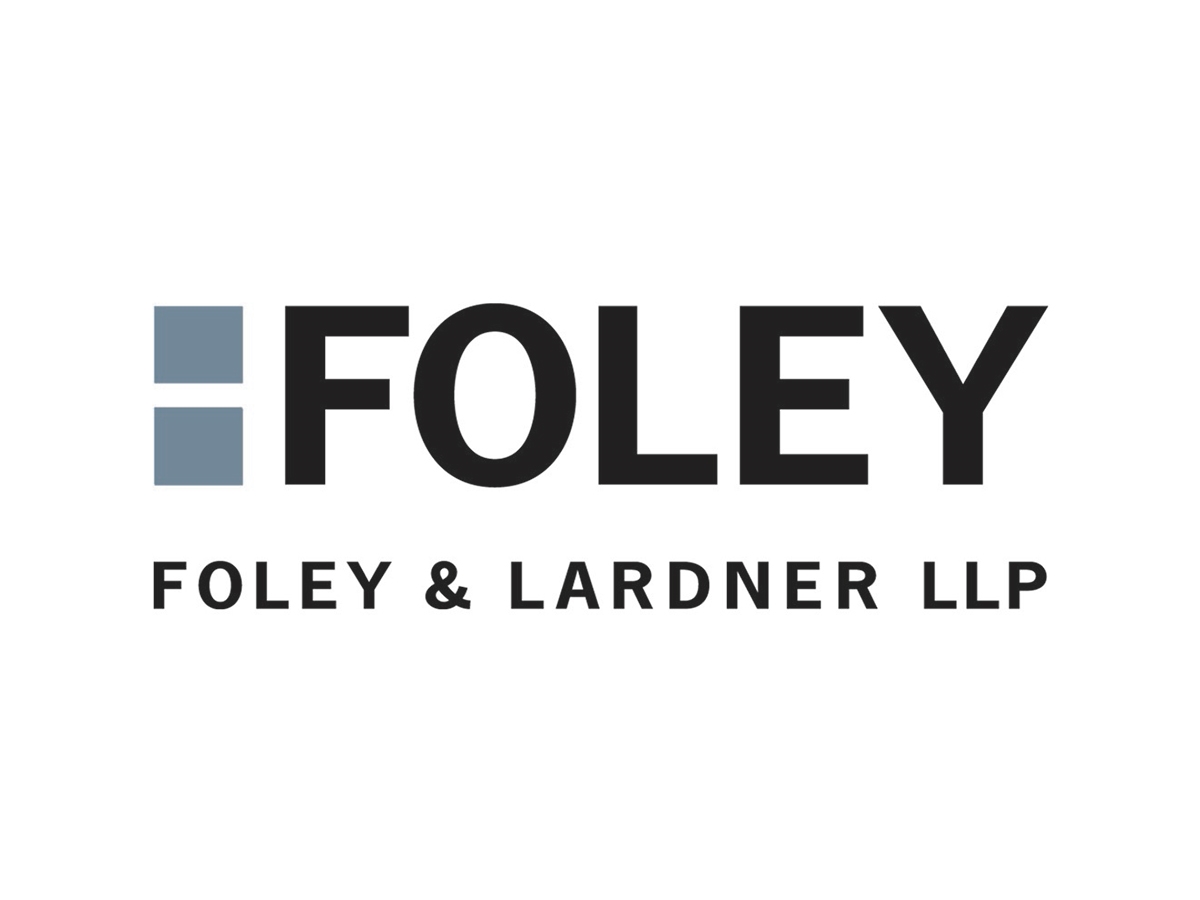Is Evidence of All Claimed Elements in Prior Art Enough? Not Without Motivation to Combine | McDermott Will & Emery
The US Court of Appeals for the Federal Circuit reversed a Patent Trial & Appeal Board obviousness decision, finding that disclosure in the prior art of all recited claim elements across multiple references, without more, does not establish obviousness unless there is evidence of a motivation to combine. Virtek Vision Int’l ULC v. Assembly Guidance Systems, Inc., Case No. 22-1998 (Fed. Cir. Mar. 27, 2024) (Moore, C.J.; Hughes, Stark, JJ.)
Virtek holds a patent that discloses “an improved method for aligning a laser projector with respect to a work surface.” Lasers are used to “project a template image onto a work surface to direct manufacturing processes.” The patent discloses a two-step process that improves efficiency over the prior art.
Aligned Vision petitioned for inter partes review (IPR), challenging all of the patent’s claims. Aligned Vision asserted four combinations of prior art references over which it contended the claims were obvious. In its Final Written Decision, the Board found that some of the claims were unpatentable as obvious, but others were not.
The Board determined that certain claims, which depended from the independent claim, would have been obvious over two combinations of references: Keitler and Briggs, and Briggs and Bridges. In pertinent part, the independent claim recites “identifying a pattern of the reflective targets on the work surface in a three dimensional coordinate system.” Save for the 3D claim element, all the other claim elements were disclosed in Bridges and Keitler. The Board found that a skilled artisan would have been motivated to use the 3D coordinate system disclosed in Briggs instead of the angular direction systems in Keitler or Bridges. The Board reasoned that this combination would have been obvious to try because Briggs disclosed both 3D coordinates and angular directions.
With respect to the direct appeal, the Federal Circuit found that the Board erred as a matter of law regarding motivation to combine. “It does not suffice to meet the motivation to combine requirement to recognize that two alternative arrangements such as an angular direction system using a single camera and a 3D coordinate system using two cameras were both known in the art.” Rather, the patent challenger must show that a skilled artisan would swap the element in one reference for an element in another reference. “The mere fact that these possible arrangements existed in the prior art does not provide a reason that a skilled artisan would have substituted the one-camera angular direction system in Keitler and Bridges with the two-camera 3D coordinate system disclosed in Briggs.”
Here, the patent challenger presented no argument in the IPR petition regarding why a skilled artisan would make this substitution, other than that the two different coordinate systems were “known to be used.” Specifically, Briggs made no mention of any benefits the 3D system might provide over the angular system. Aligned Vision’s expert testified multiple times that he could not provide a reason to combine the references, and Aligned Vision presented no evidence that “there are a finite number of identified, predictable solutions.” Thus, the Federal Circuit concluded that the claim elements being “known” without additional motivation to combine evidence was insufficient to prove obviousness.
Similarly, on the cross-appeal, the Federal Circuit rejected Aligned Vision’s argument that the Board’s finding of motivation to combine was not supported by substantial evidence. Aligned Vision argued for the first time at the Federal Circuit that the motivation to combine stemmed from the “common sense” of the skilled artisan. Neither this argument nor the “conclusory testimony” of Aligned Vision’s expert convinced the Court that the Board’s findings of non-obviousness were not supported by substantial evidence. Thus, all claims of the patent survived.
Practice Note: This case emphasizes the importance to patent challengers of supplying evidence of motivation to combine that is separate from evidence that the recited claim elements were known. Whether through the references themselves or through expert testimony, patent challengers should provide evidence as to why a skilled artisan would rely on a secondary reference that discloses a claim element missing in the primary reference.
[View source.]





